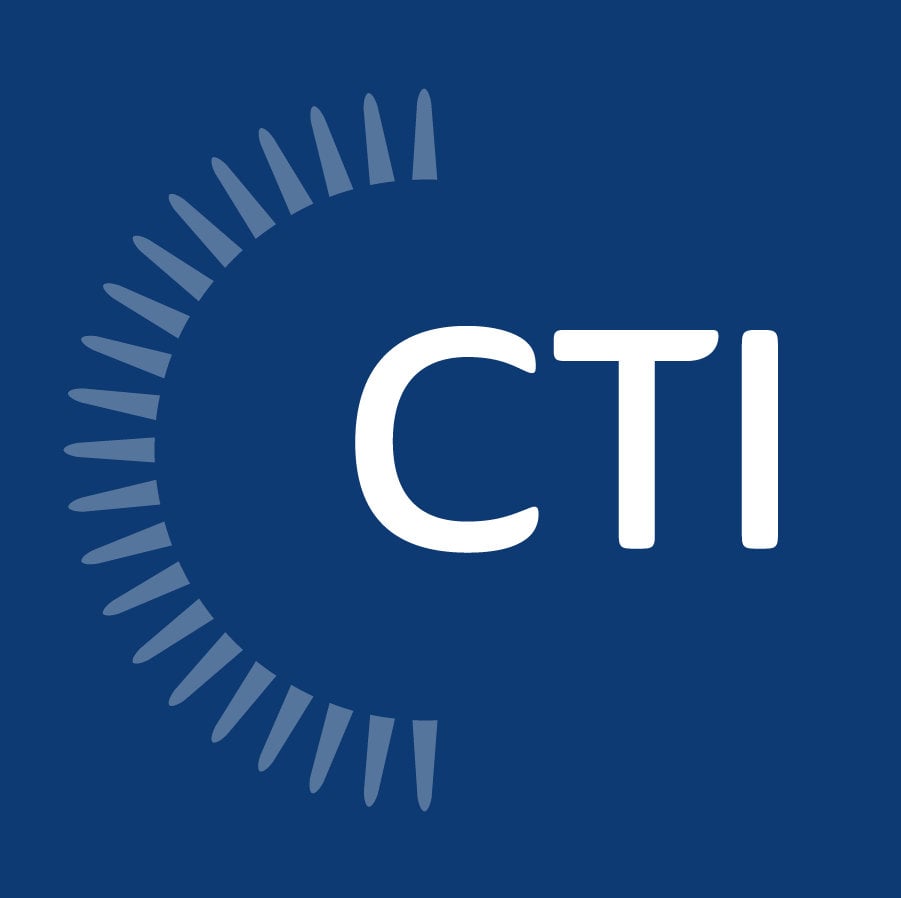 Back in high school, our district held an annual science fair. And as is likely for events of that sort in any U.S. school, science nerds dominated the entries. Few others were interested. But if they were, they felt it futile to take on the "Einsteins."
Back in high school, our district held an annual science fair. And as is likely for events of that sort in any U.S. school, science nerds dominated the entries. Few others were interested. But if they were, they felt it futile to take on the "Einsteins."
However, one year, a sophomore football jock quietly entered his creation. Seeing as he wasn’t known for interests outside of offensive lines and touchdowns, his participation kicked off wisecracks and poorly hidden mockery.
The condemnation was quickly sidelined by his first-place win. No one expected such a scientific triumph to come from someone who appeared all brawn and, well, a bit less brain.
This little story tackles stereotypes and hands off just one of many examples of innovation born from seemingly unlikely places.
And surely more so than science fairs and football players, the federal research and development (R&D) tax credit is another area that sees its fair share of ingenuity originating from what many may perceive as unexpected sources.
The Kick-Off
The R&D incentive awards organizations tax credits when they pursue development or improvement of processes, products, techniques, formulas, and inventions.
Yet, when many people hear the phrase “research and development,” their minds often huddle around a vision of companies in the high-tech, pharmaceutical, and software sectors. Construction and electrical companies often get passed over in thought.
Nevertheless, the construction and electrical sectors are in perfect position to receive the lucrative saving returns of the R&D tax credit. These firms continuously present projects that call for innovation through research and development.
And to demonstrate, here’s a replay analysis of how one of CTI’s clients solved project challenges and qualified for significant credits.
The Snap
This electrical and construction company’s project involved the design and installation of a California hospital’s electrical infrastructure, which included equipment racks that housed and protected the facility’s delicate equipment.
From the beginning, the site’s frequent seismic activity and the building’s structure presented technical uncertainties.They needed to discover solutions to safely install the required components without compromising the structural integrity of the equipment, enclosures, and the hospital itself. With an average of 10,000 seismic events in the area every year, the work must withstand earthquake forces without failure.
Learn More: How Construction Activities Can Qualify as Research for Tax Credits |
The company’s engineers first explored an equipment rack installation that would resolve the technical uncertainty surrounding earthquake forces: a seismic cross-bracing system. This approach would strengthen the rack’s understructure support and redirect lateral seismic energy.
However, they soon discovered the facility’s rebar placement would hinder traditional installation methods (drilling through the structure) for the bracing system.
The Reception
The company surveyed the hospital’s underlying structure to get a clear view of where the obstructing rebar lay in the proposed racks’ locations. From there, they investigated various drilling hole points to identify the impact that drilling would force on the structural integrity of the building.
Though they did locate several sites that passed scrutiny, drilling in most rack locations could compromise the hospital’s stability. Complicating the matter was that a location change to any one rack would kick off a domino-like series of subsequent rack relocations.
After copious surveys, calculations, design iterations, and trial and errors, the company found success with a design that avoided or minimally effected the rebar and the building’s integrity, yet still carried enough support and protections for the hospital’s valuable and sensitive equipment.
Running Down the Field
The company qualified for R&D tax credits through their activities related to solving technical uncertainties and developing innovative construction techniques within this project.
But many other activities qualify construction and electrical companies for R&D credits, such as:
- Design of renewable energy infrastructure
- Development of innovative wastewater technologies
- Design of foundations and earthwork for site conditions
- Design bridges and highways to meet specific structural requirements
Touchdown
From this project and two others, CTI scored a whopping $406,000 in total tax credits for the company.
Would you like to be CTI’s next high score? Contact one of our elite tax professionals today to find more about catching substantial savings through the R&D tax credit.



